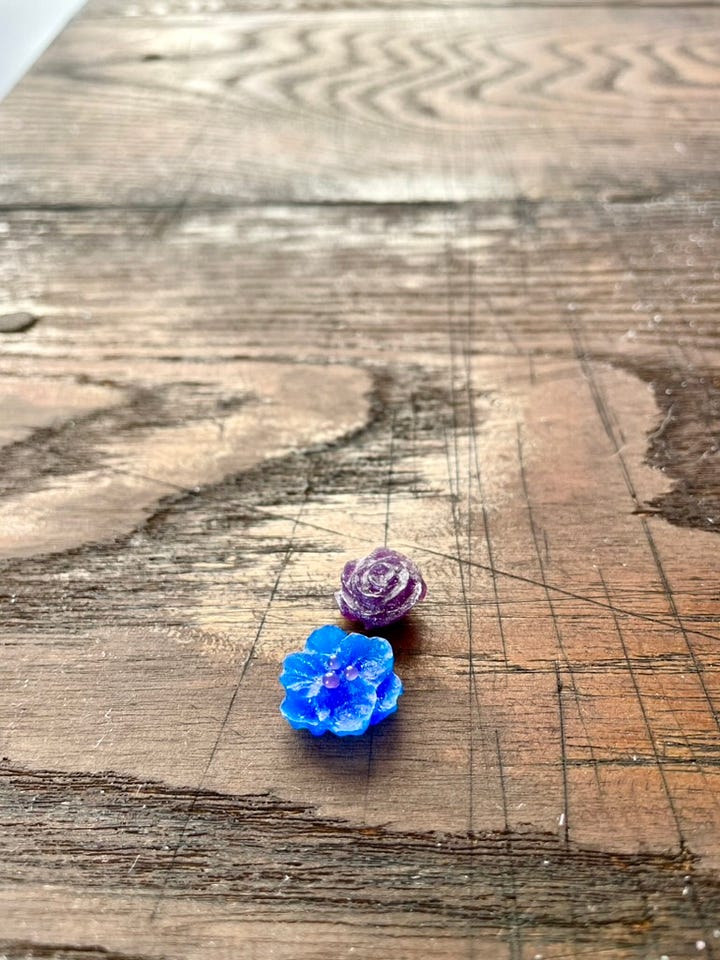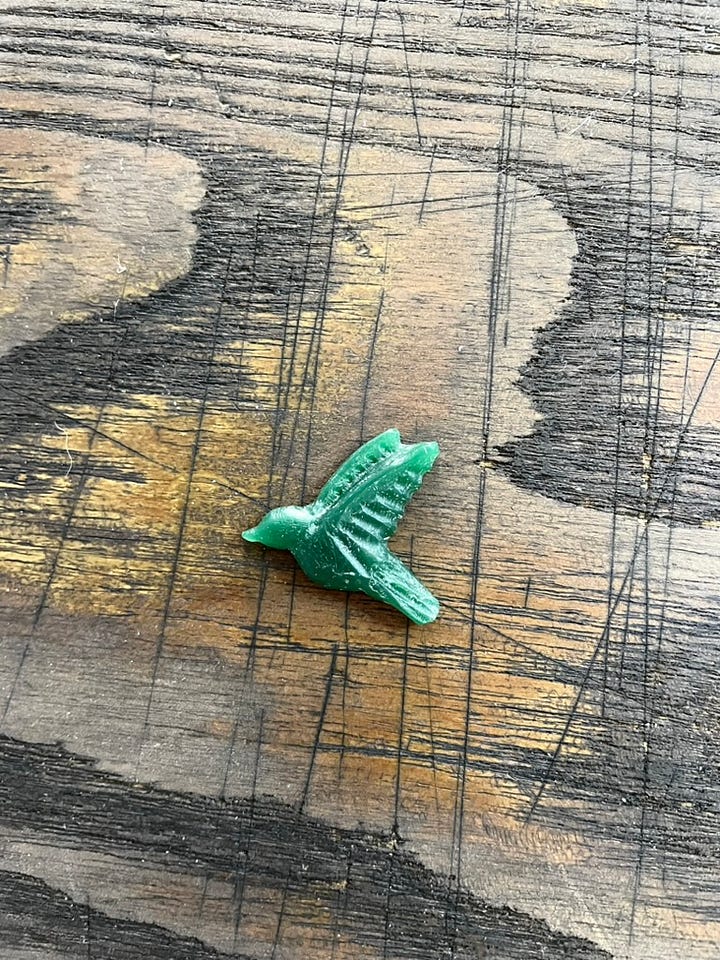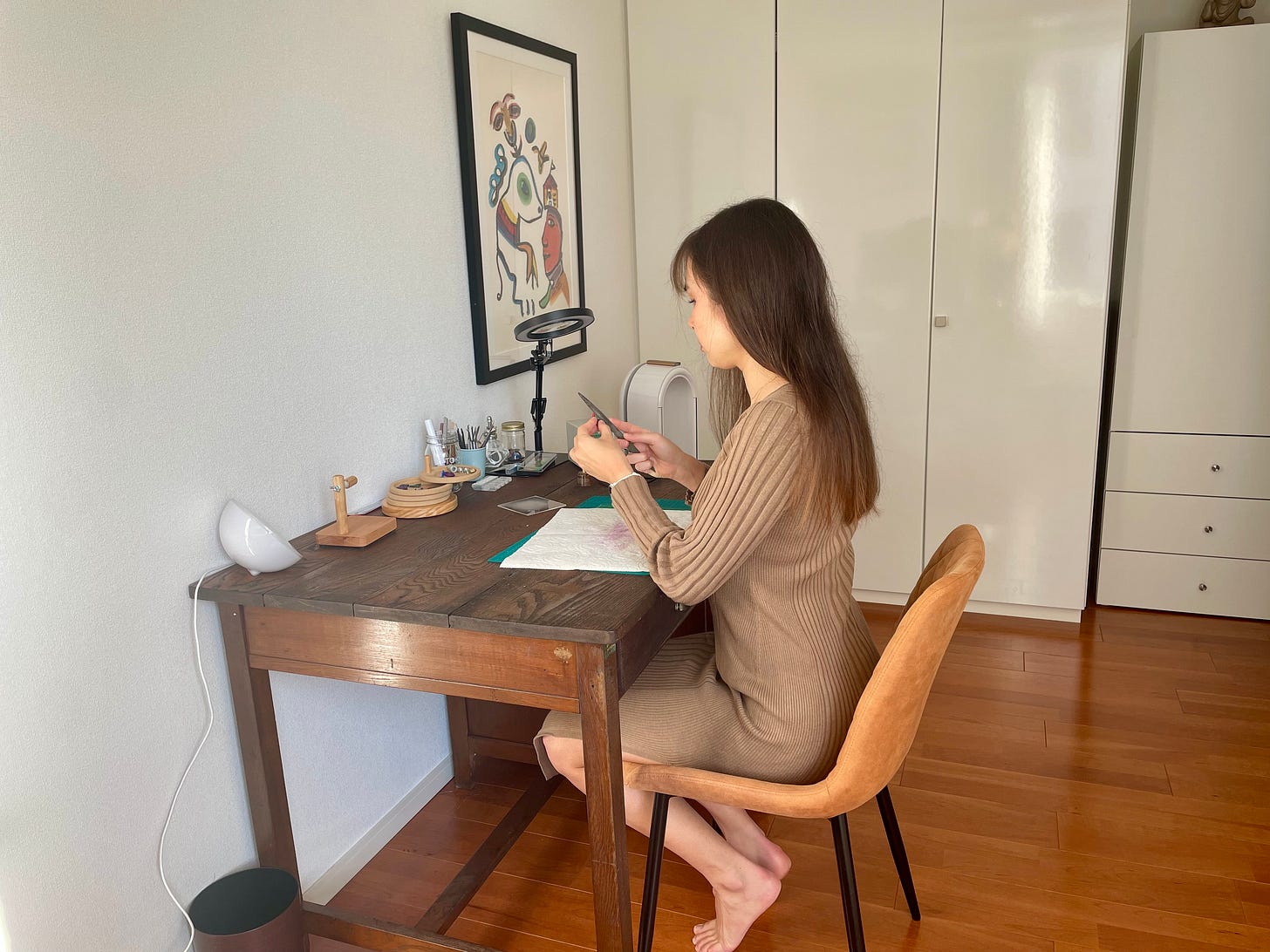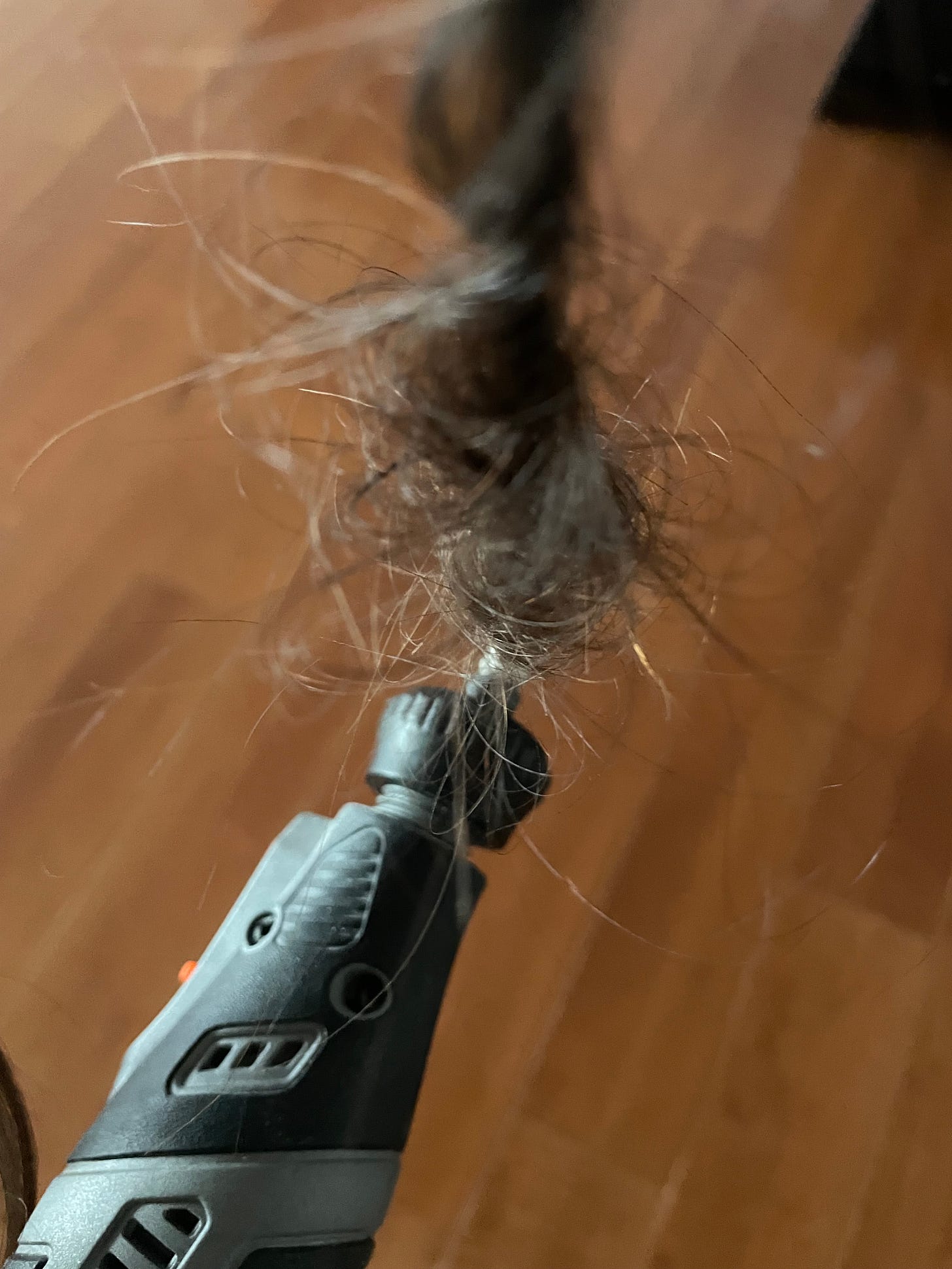A group of Korean women entered the jewelry store I apprentice at a few weeks ago. They admired some jewelry pieces, particularly the 18 karat gold rings. Upon learning the price, they responded with “jinjja??” (which means “really??” in Korean).
Fine jewelry can be costly.
To start, the raw materials have a high market value with decent liquidity (in theory, you could find arbitrage by melting down a jewelry piece incorrectly priced below the fluctuating price of the raw materials).
There is also the cost of building the brand, purchasing and maintaining tools, and managing other factors of running a business.
When the jewelry is handcrafted, there is the cost of the artisan’s time and skill.
The cost of handcrafted
My friend (thank you, Claire!) sent me a recent CBS interview with Hermès’ artistic director. In it, he said:
“I've always heard that Hermès is very costly. It's not expensive. It's costly… The cost is the actual price of making an object properly with the required level of attention so that you have an object of quality. Expensive is a product, which is not delivering what it's supposed to deliver, but you've paid quite a large amount of money for it, and then it betrays you. That's expensive.”
Whether you are enticed or repelled by Hermès and its soaring prices, I think the brand’s philosophy is at least partly shared by most artisans. The cost of hand making an item is greater than the cost of mass production. That cost can be justified when the quality or perceived value of handmade is better than machine-made.
I have clothes, kitchen supplies, furniture, and more that are mass produced by machines - the price is generally more affordable and its easier to find.
However, in the past few years I made a conscious effort to purchase more handcrafted items in categories that are important to me: jewelry, ceramics, and artwork. The prices tend to be higher, but I ascribe a higher value to them because they are beautiful, unique, and created by humans.
Particularly in a world moving toward automation, convenience, and increased homogeneity, I believe handcrafted art will become increasingly scarce and valuable to a strong minority of consumers.
I almost paid a price
Speaking of the cost of handcrafting, I almost paid a dear price in a close-call wax carving incident!
I was using a rotary tool to polish some wax and left my hair untied. You can probably guess what happened next: a strand of hair fell, I saw it spin into the tool, and let loose an “oh my god…”.
Fortunately, I was able to extricate my hair from the tool and avoid having to unexpectedly cut myself thicker bangs. Lesson very much learned for the future.
2025
My boyfriend and I took our dog, Umi, to the beach on New Year’s Day. It was the most lovely start to 2025 (except Umi hated the beating of the traditional Japanese drums on the beach… but that story doesn’t relate to jewelry so won’t get into that)!
I have a lot of goals for this year and many of them relate to becoming a better jeweler.
Especially in the near-term, I will focus on improving my wax work abilities. I’d like to cast a few pieces in silver soon so that I can see the end-to-end process for a piece. Further into the year, I’d like to practice setting stones and maybe take some educational courses.


Through my apprenticeship with ileava jewelry, I hope to learn new technical skills as well as the marketing and sales side of the business. I’m fortunate that I have ready access to two people who built a career and business in the industry so I want to take advantage of that! (Thank you both in advance if you are reading this. ;)
I’m feeling energized and excited for 2025 and hope you all are as well!





